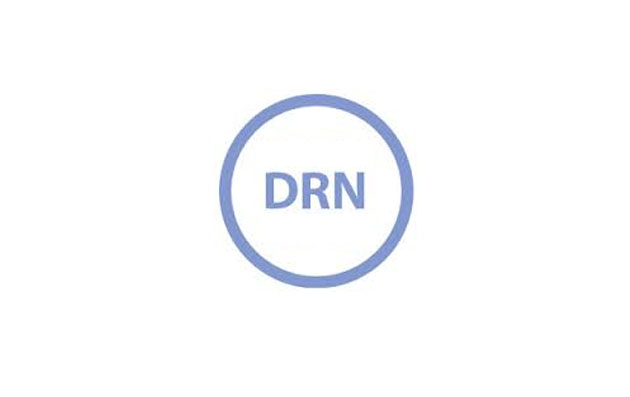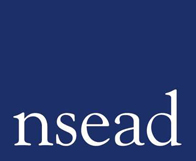Open source OSS
Open source is as much a philosophy as any thing else and centre son the idea that software and hardware can be made freely available and permits users to study, change, improve and at times also to distribute the software.
Nearly all free software is open source, and nearly all open source software is free. Software is considered to be “open source” if its source code is available under a licence approved by the Open Source Initiative (OSI).
‘Why use Open Source?’
Andrew Miller is an independent journalist and editor of thinkabouttech.com.
If your department can’t invest in mainstream software or licenses then you can pursue the variety of open source software. The main benefits of open source are that there are no restrictions on use, and that the software is usually free to acquire. You can install the programs on as many computers as you like without it costing anything.
Your students may also install the software at home so they can use the programs legally without paying, enabling them to use the packages for homework.
It’s important to note, however there are costs for support and training and sometimes for maintaining the software. This is referred to as the total cost of ownership (TCO) reflecting how much it actually costs to run software when you factor in all the associated costs. Similar factors apply, of course, when working out the TCO of mainstream software.
It’s important to think about these factors when considering the benefits of moving to open source software and to work out if it really does provide the cost benefits that the free price tag might imply.
Another benefit of open source software is that it frees the user from the ‘vendor lock in’ associated with many proprietary programs. Lock in is where a company makes software incompatible with that of their rivals forcing the user to stick with one company’s programs.
Marc Blake (Highworth School, Ashford Schools Network Manager)
Open Source Schools
The website provides information and articles about open source software, advice on getting started, case studies of its adoption in schools, a directory for exploring what is available, and a glossary. All registered members are welcome to create content for the site.
opensourceschools.org.uk
The case studies provide a snapshot of the experiences of schools that have ventured into open source software in which they can share the issues they faced and what they feel are the benefits and challenges.
opensourceschools.org.uk/case-studies.html




